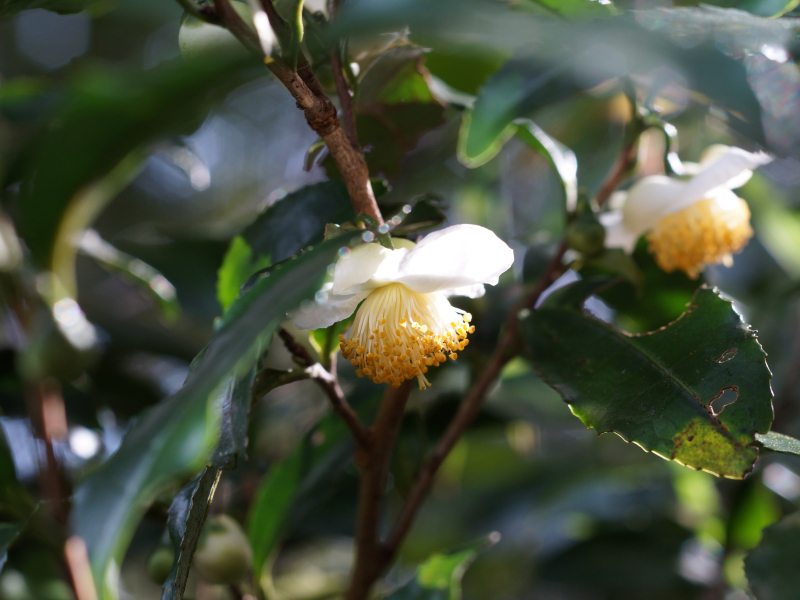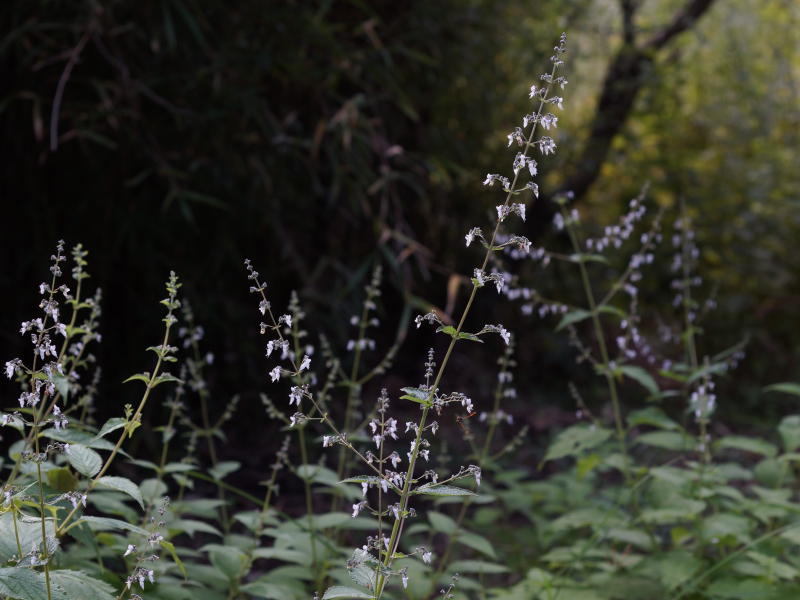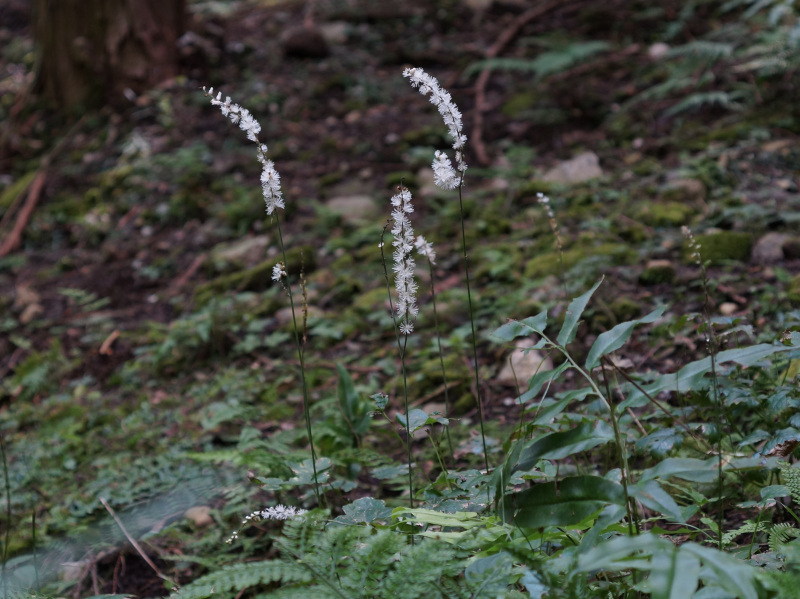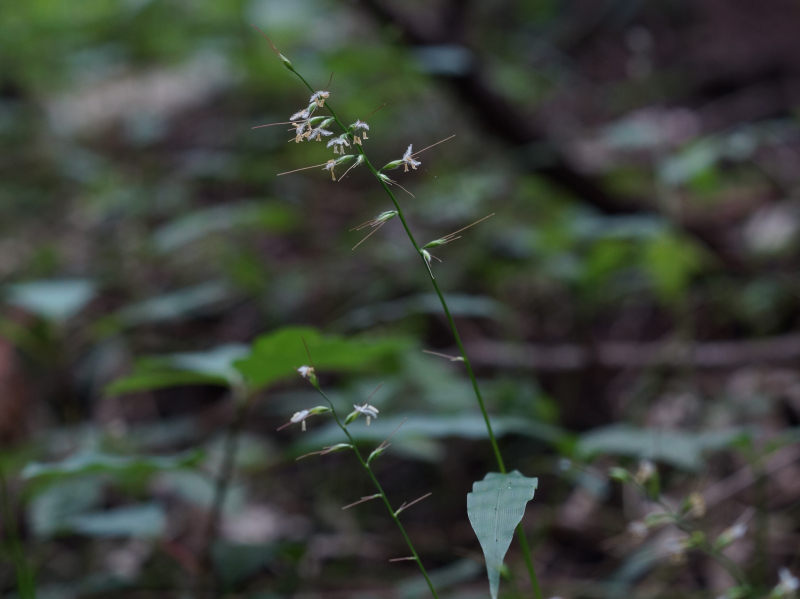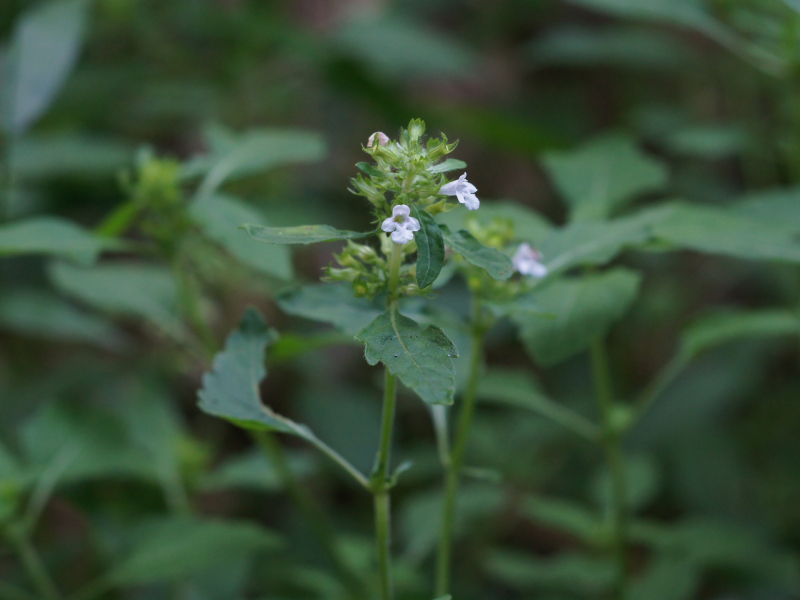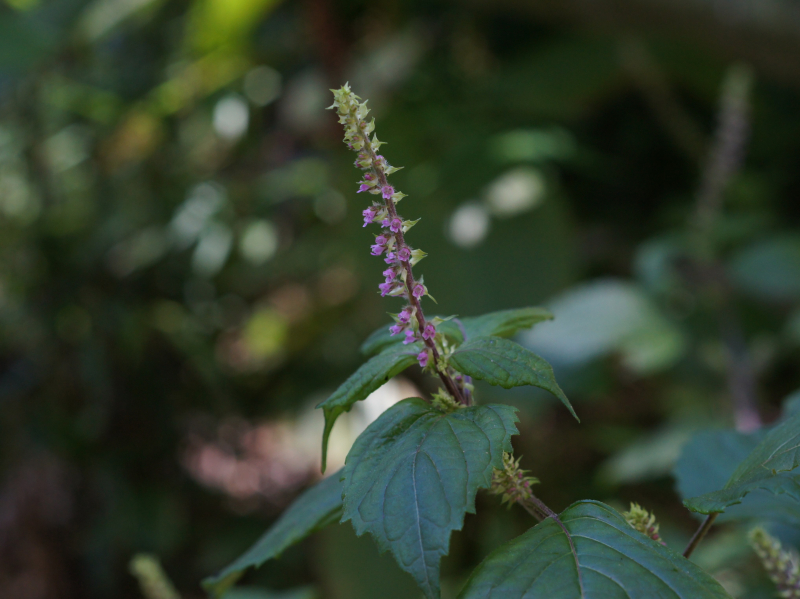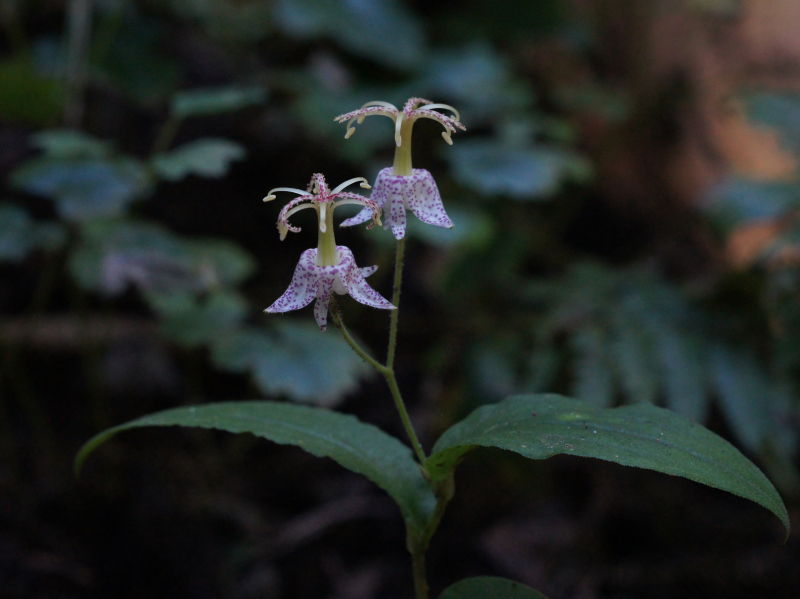フィールド日記
2023年10月
2023.10.31
チャ
お茶の花が咲いています。植物としての種の名前はチャまたはチャノキと呼ばれています。ツバキやサザンカのなかまで、花の形がよく似ています。
Tea trees are in bloom. They are called "Cha (チャ)" or "Chanoki (チャノキ)" as a plant. "Cha" plants belong to the same group as "Tsubaki (ツバキ)" plants and "Sazanka (サザンカ)" plants, so the shape of "Cha" flowers are similar to those of "Tsubaki" plants and "Sazanka" plants.
2023.10.27
セキヤノアキチョウジ
セキヤノアキチョウジが咲いています。山地の林縁などに生えるシソ科の多年草です。和名は関屋の秋丁字の意味で、箱根の関所の近くで見つかったことに由来しますが、実際には関東と中部地方の太平洋側に分布しています。
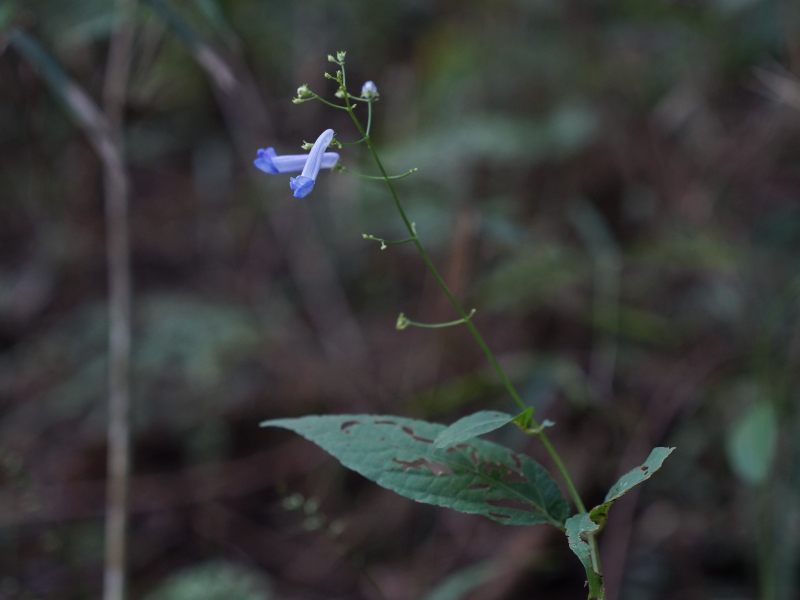
2023.10.24
ヒキオコシ
ヒキオコシが咲いています。和名は、弘法大師が病人に、この草の汁を飲ませたところ、たちまち起き上がったという故事に由来します。強い苦みがあり、古くから民間薬として用いられていたようです。和名と同様の由来でエンメイソウ(延命草)という別名もあります。
2023.10.20
イヌショウマ
イヌショウマが咲いています。多数のおしべがある小さい白い花が穂状につき、よく目立ちます。和名は、食用となり薬草としても利用されるサラシナショウマに似ているものの、本種は利用されないことに由来します。
"Inu-Shouma (イヌショウマ)" plants are in bloom. They are outstanding because they bear white small flowers with a lot of stamens on spikes. The name comes form the fact that although they look like the "Sarashina-Shouma (サラシナショウマ)" plants, which are edible and are used as medicine, the "Inu-Shouma (イヌショウマ)" plants are not used as such.
2023.10.17
チヂミザサ
チヂミザサが咲いています。和名は葉がササの葉に似ていて、波打っていることに由来します。花はあまりめだちませんが、よく見ると羽毛状の毛の生えた雌しべと、ぶら下がった雄しべがあり、繊細な作りをしていて美しいです。
"Chijimi-Zasa (チヂミザサ)" plants are in bloom. The name comes from the fact that their leaves are wavy and look like the leaves of Sasa plants. The flowers are not so outstanding. However, looked at closely, they are delicately beautiful because they have pistils with feathery hair and hanging stamens.
2023.10.13
イヌトウバナ
イヌトウバナが咲いています。やや湿った樹林内や林縁によく見られる多年草です。似た仲間が多く、葉の裏の腺点やがくの毛などが見分けるポイントになります。
"Inu-Toubana (イヌトウバナ)" plants are in bloom. They are perennial plants growing in wet forests and the edges of forests. There are many similar plants, but you can identify "Inu-Toubana" by seeing the glands on the back of leaves and the hair of calyces.
2023.10.10
シソ
シソが咲いています。食用に古くから広く栽培されており、道端などに野生化したものが見られます。葉が紫色のものや、しわがあるものなど、さまざまな品種があります。
2023.10.06
ヤマホトトギス
ヤマホトトギスが咲いています。和名のホトトギスは、花弁の模様が、鳥のホトトギスの胸のもように似ていることに由来するようです。ホトトギスやヤマジノホトトギスなど、花が似ている近縁種がありますが、ヤマジノホトトギスの花は他の近縁種に比べて花弁が強く反り返るという特徴があります。
"Yama-Hototogisu (ヤマホトトギス)" plants are in bloom. A part of their name "Hototogisu (ホトトギス)" comes from the fact that their patterns on the petals are similar to those on the chest of a bird called "Hototogisu (ホトトギス)". "Yama-Hototogisu (ヤマホトトギス)" plants have a characteristic that their petals strongly bend backward more than other relative species like the "Hototogisu (ホトトギス)" plants and the "Yamajino-Hototogisu (ヤマジノホトトギス)" plants, which bloom similar flowers as those of "Yama-Hototogisu (ヤマホトトギス)".
2023.10.03
ツリガネニンジン
ツリガネニンジンが咲いています。和名のツリガネは花の形に由来し、ニンジンは高麗人参の意味で、根の形が似ていることに由来します。明るい草地や林縁に見られますが、生育地の減少などによって数を減らしている地域もあるようです。
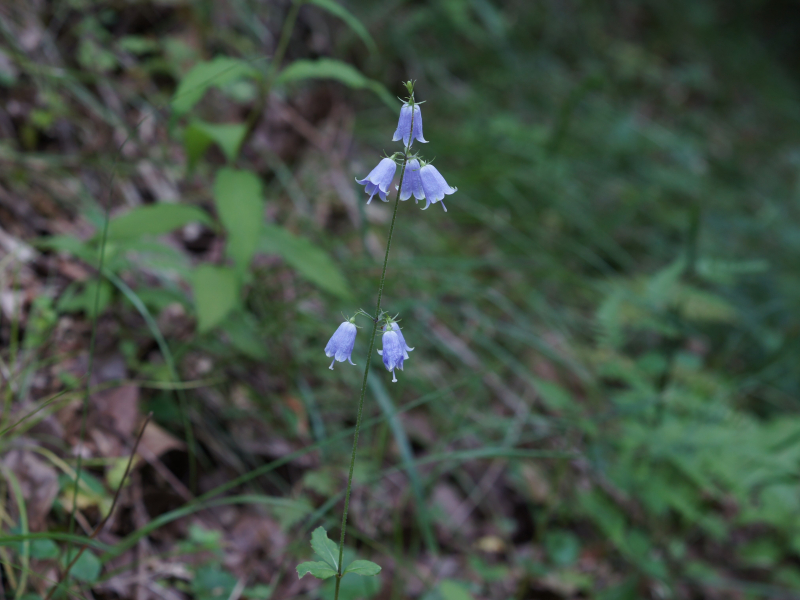
- 1 / 1


